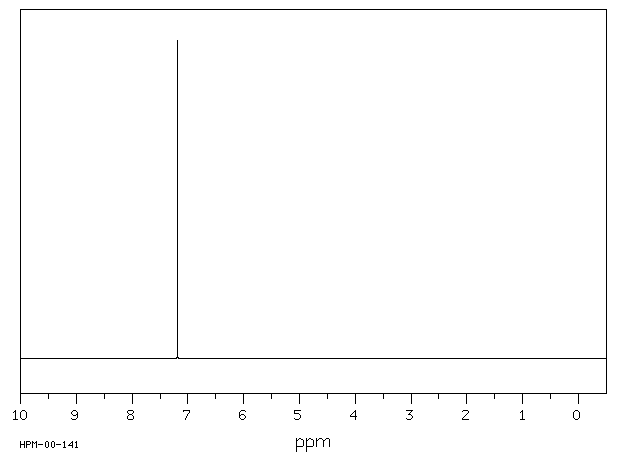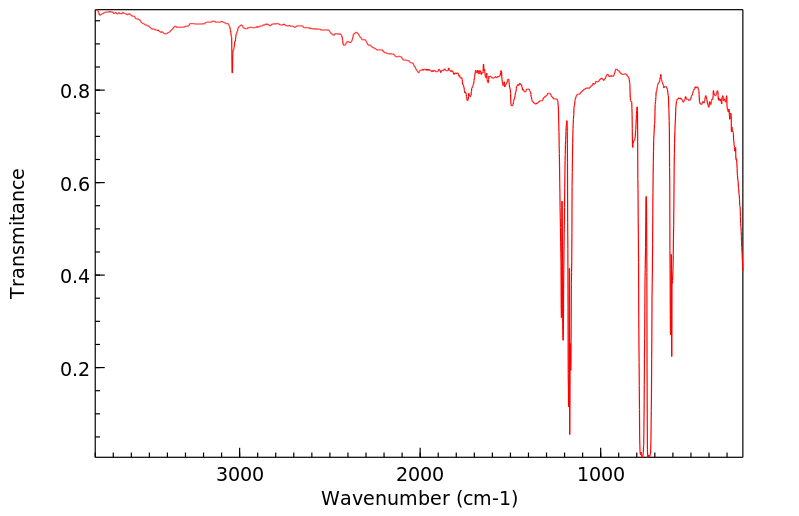代谢
当给予啮齿类动物时,卤代乙酸盐已被证明能增加肝脏中硫代巴比妥酸反应物和8-羟基脱氧鸟苷酸水平的形成。这些反应似乎会受到先前处理的影响。为了探讨可能导致这些氧化应激修饰的潜在机制,研究了三氯乙酸盐(TCA)或二氯乙酸盐(DCA)预处理对改变溴二氯乙酸盐(BDCA)的代谢及其代谢物处置的能力,在雄性B6C3F1小鼠中进行研究。在饮水中给予小鼠1 g/L DCA和TCA的两周预处理改变了BDCA的初始肝脏代谢及其代谢物DCA的进一步代谢。DCA预处理可抑制细胞质中1 mM DCA或BDCA的代谢高达70%。相比之下,DCA预处理使肝脏微粒体BDCA代谢增加了1.3倍,但对DCA的微粒体代谢几乎没有影响。增加的微粒体BDCA代谢似乎可归因于诱导了一种产生CO2和溴二氯甲烷(BDCM)作为代谢物的代谢途径。TCA预处理在细胞质中抑制BDCA代谢高达70%,在微粒体中抑制30%,但对DCA代谢几乎没有影响。这些结果表明,在高剂量卤代乙酸盐的癌症生物测试中,肝脏的代谢变得相当复杂。BDCA是一个很好的例子,因为它被代谢为至少两种具有不同作用模式的致癌代谢物,即BDCM和DCA。当剂量接近于诱导小鼠癌症的剂量时,这些代谢物占给药剂量的比例和数量将会有显著变化。这篇文章证明了当卤代乙酸盐混合处理时,这些相互作用将会发生。
... When administered to rodents, haloacetates have been shown to increase formation of thiobarbituric acid-reactive substances and 8-hydroxydeoxyguanosine levels in the liver. These responses appear to be modified by prior treatment. To examine potential mechanisms that account for these modifications in oxidative stress, the ability of trichloroacetate (TCA) or dichloroacetate (DCA) pretreatment to alter the metabolism of bromodichloroacetate (BDCA) and the disposition of its metabolites was examined in male B6C3F1 mice. Two-week pretreatment with 1 g/L DCA and TCA in the drinking water of mice alters the initial hepatic metabolism of BDCA and the further metabolism of its metabolite DCA. DCA pretreatment inhibits cytosolic metabolism of both 1 mM DCA or BDCA up to 70%. In contrast, DCA pretreatment stimulates hepatic microsomal BDCA metabolism 1.3-fold but has little effect on microsomal metabolism of DCA. Increased microsomal metabolism of BDCA appears to be attributable to the induction of a metabolic pathway that produces CO2 and bromodichloromethane (BDCM) as metabolites. TCA pretreatment inhibits BDCA metabolism up to 70% in the cytosol and 30% in microsomes but has little effect on DCA metabolism. These results indicate that the hepatic metabolism of the haloacetate becomes quite complex at the high doses that have been employed in cancer bioassays. BDCA serves as a good example, because it is metabolized to at least two carcinogenic metabolites that have different modes of action, BDCM and DCA. As doses approach those that induce cancer in mice, the proportion of and amounts of these metabolites as a fraction of the dose administered will change substantially. This article demonstrates that those interactions will occur from mixed treatment with haloacetates as well.
来源:Hazardous Substances Data Bank (HSDB)











